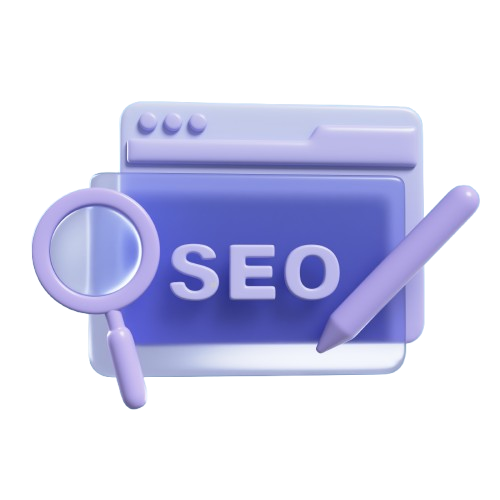B2B Marketing in 2025: Getting Global Clients in the US
B2B Marketing in 2025: Getting Global Clients in the US Introduction The B2B marketing landscape is evolving rapidly, with globalization and digital transformation reshaping how businesses attract and retain international clients. By 2025, U.S.-based companies must refine their strategies to stand out in an increasingly competitive global marketplace. This guide explores key trends, actionable tactics, and emerging technologies that will define successful B2B marketing campaigns for securing global clients in the U.S. market. With 65% of B2B buyers now preferring digital-first interactions (Gartner), businesses must prioritize omnichannel engagement, hyper-personalization, and localized content. We’ll cover how to leverage SEO, AI-driven automation, and account-based marketing (ABM) to drive conversions while maintaining compliance with evolving data regulations. 1. The Future of B2B Buyer Behavior in the U.S. 1.1 The Rise of Self-Service and Digital-First Buyers By 2025, 80% of B2B sales interactions will occur via digital channels (McKinsey). Global clients now expect: Instant access to pricing and demos (e.g., interactive product configurators). AI-powered chatbots for real-time support. Personalized content journeys tailored to industry-specific pain points. For example, SaaS companies like HubSpot use freemium models and self-guided demos to reduce friction for international buyers. 1.2 Hyper-Personalization Through AI AI tools analyze intent signals (e.g., website behavior, LinkedIn engagement) to deliver dynamic content. Key tactics: Predictive lead scoring to prioritize high-value global accounts. Localized email campaigns with region-specific case studies. AI-driven recommendation engines (e.g., Salesforce’s Einstein). Stat: 72% of B2B buyers demand personalized content (Demand Gen Report). 2. SEO Strategies for Attracting Global Clients 2.1 Optimizing for Multilingual and Local Search To rank for international buyers, implement: Hreflang tags for language/country targeting. Localized landing pages with geo-specific keywords (e.g., "ERP solutions for German manufacturers"). Structured data to enhance SERP visibility (e.g., FAQs for voice search). For deeper insights, explore our guide on multilingual SEO strategies

